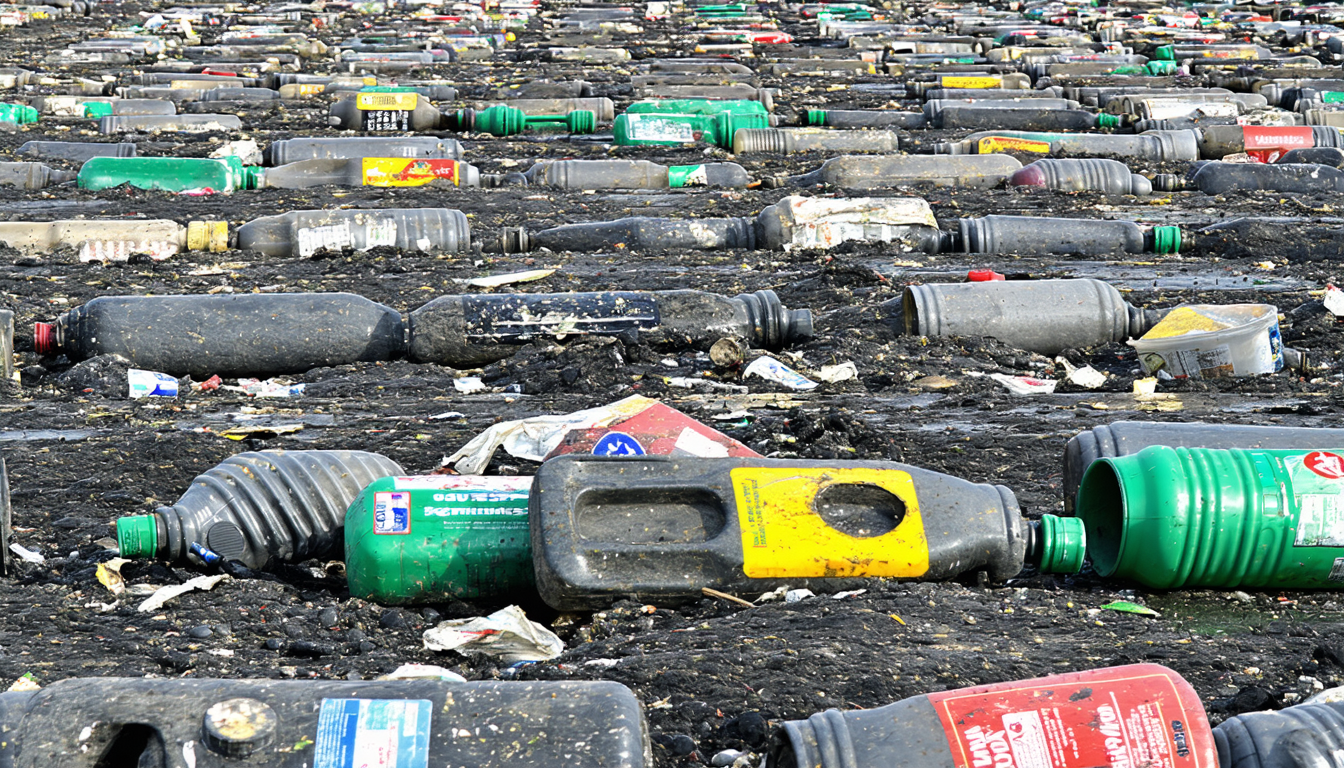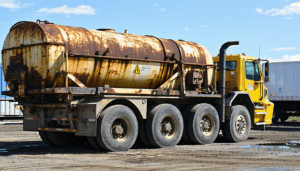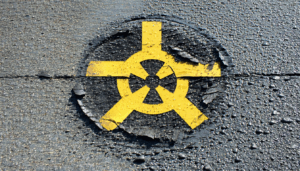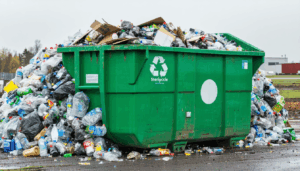In the United States, the safe disposal of household hazardous waste (HHW) remains a pressing environmental and public health concern. From old paint cans to expired medications, these common items can pose significant risks if not handled properly. Recent data and policy updates highlight the growing need for awareness and accessible solutions. This article explores the latest developments in HHW disposal, including new regulations, community programs, and expert insights on managing these materials safely. Join us as we uncover the challenges, impacts, and future of household hazardous waste disposal across the nation.
Understanding Household Hazardous Waste in American Homes
Household hazardous waste includes everyday products like cleaning agents, batteries, pesticides, and electronics that contain toxic, flammable, or corrosive components. According to the Environmental Protection Agency (EPA), American households generate approximately 1.6 million tons of HHW annually. Improper disposal—such as tossing these items in regular trash or pouring them down drains—can contaminate soil, water, and air, endangering communities and ecosystems.
The significance of this issue lies in its widespread impact. From rural towns to urban centers, every household contributes to this challenge. Raising awareness about proper disposal methods is critical to mitigating environmental damage and protecting public health.
Key Developments in Household Hazardous Waste Disposal
Recent years have seen notable strides in addressing HHW disposal challenges in the US. In 2023, the EPA launched updated guidelines to streamline local collection programs, emphasizing accessibility for underserved communities. Additionally, several states, including California and New York, have introduced extended producer responsibility (EPR) laws, requiring manufacturers to fund take-back programs for products like paint and batteries.
These initiatives aim to reduce the burden on municipalities and encourage sustainable practices. For instance, California’s PaintCare program has recycled over 40 million gallons of paint since its inception in 2012. Such efforts demonstrate a shift toward shared responsibility between consumers, producers, and local governments.
Community Impact and Stakeholder Involvement
The impact of improved HHW disposal programs extends beyond environmental benefits. Local governments save on cleanup costs associated with illegal dumping, while residents gain safer neighborhoods. However, access remains uneven—rural areas often lack nearby collection sites compared to urban regions.
According to Dr. Emily Harper, an environmental scientist at the University of Michigan, “Expanding drop-off locations and mobile collection events is essential to ensure equitable access. Without it, many households resort to unsafe disposal methods out of necessity.” Her statement underscores the need for tailored solutions that address geographic disparities.
Businesses also play a role. Retailers like Home Depot and Walmart have partnered with recycling firms to offer in-store drop-off points for items like batteries and fluorescent bulbs. These collaborations ease the burden on consumers while promoting corporate sustainability.
Challenges and Future Outlook
Despite progress, barriers to effective household hazardous waste disposal persist. Limited funding for local programs often results in infrequent collection events or long wait times at facilities. Public awareness is another hurdle—many Americans remain unaware of what constitutes HHW or where to dispose of it.
Looking ahead, experts predict increased federal support for recycling infrastructure under initiatives like the Bipartisan Infrastructure Law, which allocates funds for waste management projects through 2026. Technological innovations, such as mobile apps that locate nearby disposal sites, could also simplify the process for households.
Balancing these advancements with affordability will be key. While some advocate for stricter regulations on producers, others caution against potential cost increases for consumers. A balanced approach that prioritizes education, accessibility, and innovation offers the most promising path forward.
Conclusion
Household hazardous waste disposal remains a critical issue for American communities, with recent policies and programs marking significant steps toward safer practices. From state-led initiatives to corporate partnerships, efforts are underway to tackle the 1.6 million tons of HHW generated each year. Yet, challenges like limited access and awareness remind us that more work is needed. By fostering collaboration among stakeholders and embracing new solutions, the US can build a future where hazardous waste no longer threatens our environment or health.
Frequently Asked Questions (FAQs)
1. What qualifies as household hazardous waste?
Items like paint, batteries, cleaning chemicals, pesticides, and electronics are considered HHW due to their toxic or harmful properties when improperly disposed of.
2. How can I dispose of household hazardous waste safely?
Check with your local waste management authority for designated drop-off locations or collection events. Many communities offer free or low-cost disposal services.
3. Are there penalties for improper HHW disposal in the US?
Yes, fines can apply for illegal dumping or improper disposal, varying by state and locality. It’s best to follow local guidelines to avoid penalties.
4. Can I recycle household hazardous waste?
Some items, like batteries and paint, can be recycled through specific programs. Visit the EPA website or Earth911 for resources on recyclable HHW near you.
5. Why is proper HHW disposal important?
Correct disposal prevents contamination of water, soil, and air, protecting both human health and the environment from long-term damage.




